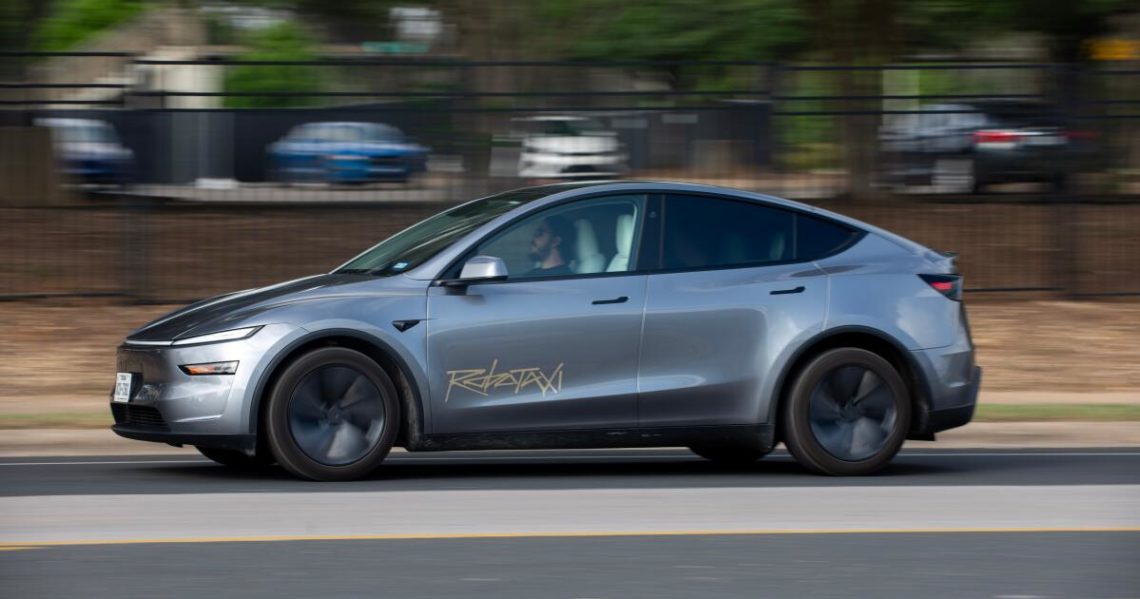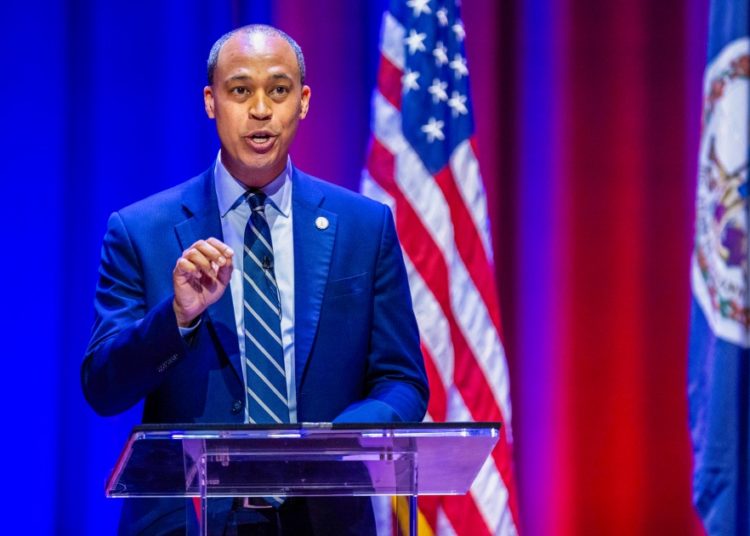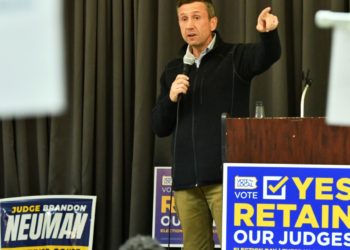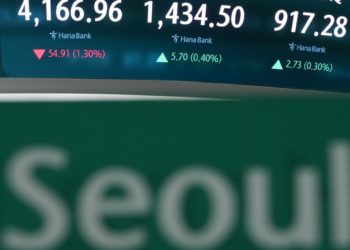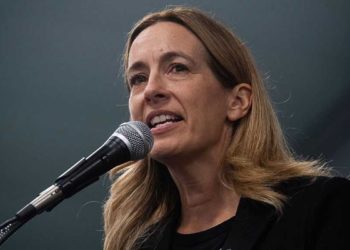This spring, Elon Musk announced he was leaving his role at the White House to refocus on Tesla amid falling vehicle sales and a brand reputation crisis.
But as Musk works to turn Tesla around with a successful robotaxi venture, recent lawsuits have complicated his efforts and raised questions about the company’s self-driving technology.
Last month, the California Department of Motor Vehicles sued the company, alleging false advertising about its Autopilot and Full Self-Driving features and seeking to suspend sales of Teslas in the state.
More bad news came this month when a Miami jury ruled that Tesla was partly responsible for a fatal crash involving its Autopilot system and must pay the victims $240 million. Though Tesla has previously faced similar suits, this one was the first to reach a jury verdict and not be settled out of court.
The case could open the door to further claims against the company, experts said.
“If and when the dam breaks, and they get held liable, Tesla could be in a lot of financial trouble,” said Carnegie Mellon University engineering professor Raj Rajkumar, who specializes in autonomous driving.
Meanwhile, Tesla shareholders have been growing restless. A few days after the Miami verdict, a shareholder lawsuit accused Musk of inflating the company’s stock by exaggerating the readiness of its robotaxi program, which launched this summer in Austin, Texas, where the company is headquartered.
Tesla did not respond to a request for comment.
Though some investors and bullish analysts maintain that Musk will eventually deliver on his promises, the cases have renewed questions about the tech mogul’s credibility and whether he can perfect a technology that is key to the company’s future.
“In Austin, the cars were clearly not as capable as Musk was claiming,” iSeeCars.com analyst Karl Brauer said. “If he can’t get the robotaxi working relatively quickly, it’s going to be a problem for him.”
The scrutiny comes at a pivotal moment for Tesla, which has seen shares fall nearly 12% since January and automotive revenues drop 16% in the second quarter from a year earlier. The company has been hindered by rising competition from rivals and brand damage triggered by Musk’s role in the Trump administration.
The Miami verdict
In Florida in 2019, George McGee had his Model S in Autopilot mode when the vehicle ran off the road and failed to stop before striking a young couple out stargazing. The crash killed 22-year-old Naibel Benavides Leon and seriously injured her boyfriend.
McGee had been distracted by his cellphone and put too much trust in the Autopilot system to safely drive the car, he said. Evidence presented at trial showed that McGee was not engaged in driving for at least 20 seconds before the crash.
This month, the Miami jury found Tesla partly responsible for the accident, concluding that Tesla and Musk misled consumers about the capabilities of Autopilot.
“Years prior to this accident, Elon was in the public eye saying that this technology is safer than a human driver,” prosecuting attorney Doug Eaton said in an interview. “The consumer expectation is based on the manner in which the car is marketed. Elon sold a car that didn’t exist.”
McGee was overly reliant on Autopilot to avoid disaster because of false claims Musk has made about the technology, some dating back a decade, attorneys argued in the trial. Speaking at an artificial intelligence conference in 2015, Musk said he viewed autonomous driving as a “solved problem.”
Despite those claims, Autopilot is classified as a driver assistance system, not a self-driving system. It cannot be used without the supervision of a human driver.
“The ordinary consumer expected this system to do a lot more than it could or did do, because of the way that Tesla marketed this technology and the way Elon Musk spoke about this technology,” said Adam Boumel, another attorney representing the victims.
In a statement, Tesla said that the verdict was wrong and that the vehicle was not to blame because the driver “admitted and accepted responsibility” for the accident.
Shareholders target Musk
The most recent lawsuit filed against Musk by Tesla shareholders specifically concerns the robotaxis in Austin, which rely on technology derived from Autopilot.
Filed in Texas by Denise Morand and on behalf of other shareholders on Aug. 4, the suit accuses Tesla and Musk of making “materially false and misleading statements regarding the company’s business, operations, and prospects.”
Tesla Chief Financial Officer Vaibhav Taneja and his predecessor Zachary Kirkhorn are also listed as defendants.
“Tesla overstated the effectiveness of its autonomous driving technology” and downplayed the risk that the robotaxi would operate dangerously, the complaint said. “Accordingly, Tesla’s business and/or financial prospects were overstated.”
Tesla’s robotaxi rollout in Austin has been riddled with glitches, including instances of the vehicles violating traffic laws and even driving into oncoming traffic.
For his part, Musk has dismissed the shareholder claims. He responded to the lawsuit on X, saying it was likely not filed by real investors but by class-action lawyers “grifting for their percentage of the verdict.”
Investors should know by now that Musk often makes ambitious and unrealistic claims, said William Riggs, director of the Autonomous Vehicles and the City Initiative at the University of San Francisco.
But the world’s richest man has also made leaps forward in vehicle electrification, space exploration and other frontiers, and can’t be underestimated.
“He does these kinds of aggressive, radical things,” Riggs said of Musk. “Sometimes, he surprises us all.”
An evolving technology
The recent litigation has shined a light on both the perils and potential of Tesla’s autonomous driving technology.
Tesla has rolled out multiple systems using versions of its self-driving tech, including Autopilot and a purportedly more advanced Full Self-Driving mode. It’s unclear whether Full Self-Driving is powering the robotaxis in Austin, or whether it will be used in Musk’s promised Cybercab.
According to engineers, Tesla’s technology qualifies as Level 2 automation, based on a five-level scale established by the National Highway Traffic Safety Administration. At Level 2, the driver is fully responsible for controlling the vehicle while receiving continuous automated assistance in steering, acceleration and braking.
Tesla’s robotaxis in Austin are not permitted to operate without a safety driver in the front passenger seat who can stop the vehicle in case of emergency.
“The quality of the performance of the vehicle is not that great,” Riggs said. “It’ll be a while before the performance level gets to the performance level of a Waymo or even that of a Cruise,” he said.
Cruise, General Motors’ robotaxi effort, suspended all operations in 2023 after one of its vehicles struck a pedestrian in San Francisco and dragged her 20 feet.
Riggs predicted it could take two to five years for Tesla to launch a safe fleet of self-drivng taxis, though Musk has indicated that it’s right around the corner.
Tesla’s autonomous technology is behind those of its rivals partly because Musk wants to forgo expensive hardware used in other self-driving cars, said Rajkumar, of Carnegie Mellon University. Waymo vehicles are built with a type of laser radar called lidar, as well as cameras, sonar and GPS. Musk is taking a software-based approach reliant on cameras and artificial intelligence alone.
“We know that AI is not perfect,” Rajkumar said. “When you have an imperfect system on which people’s lives depend, things will go wrong.”
The post Recent lawsuits put Tesla’s self-driving technology on trial appeared first on Los Angeles Times.
